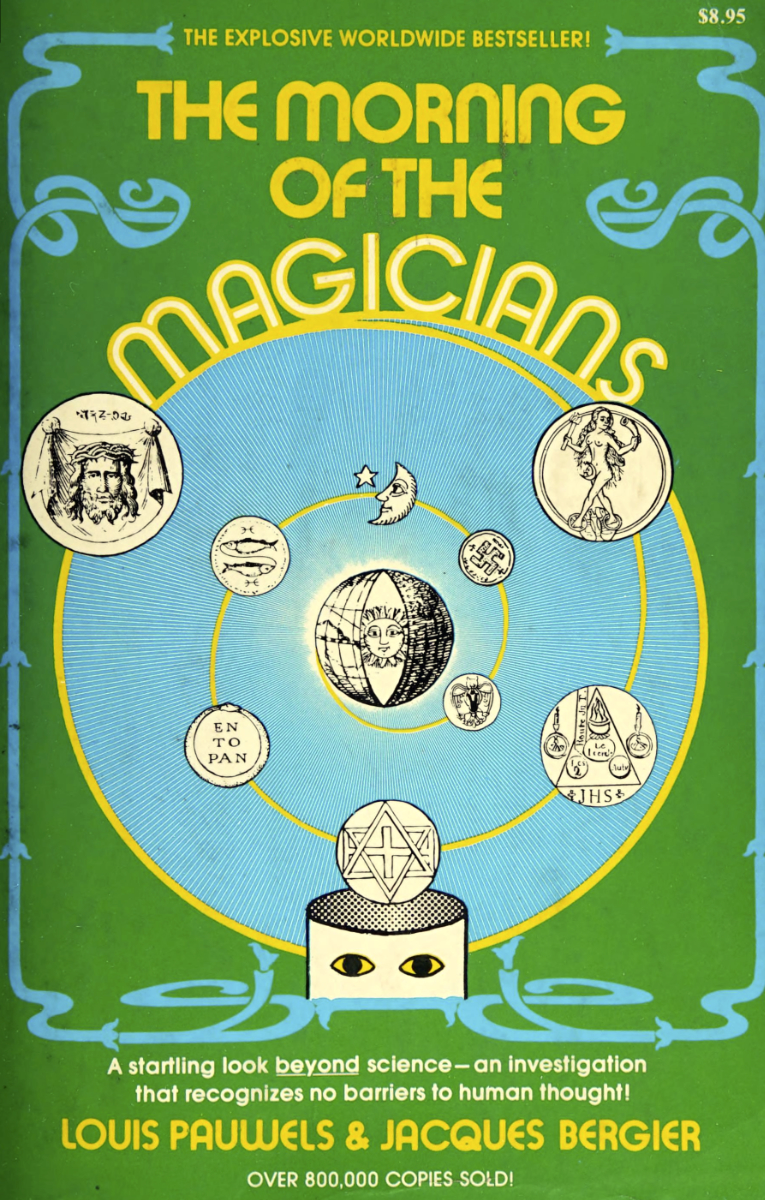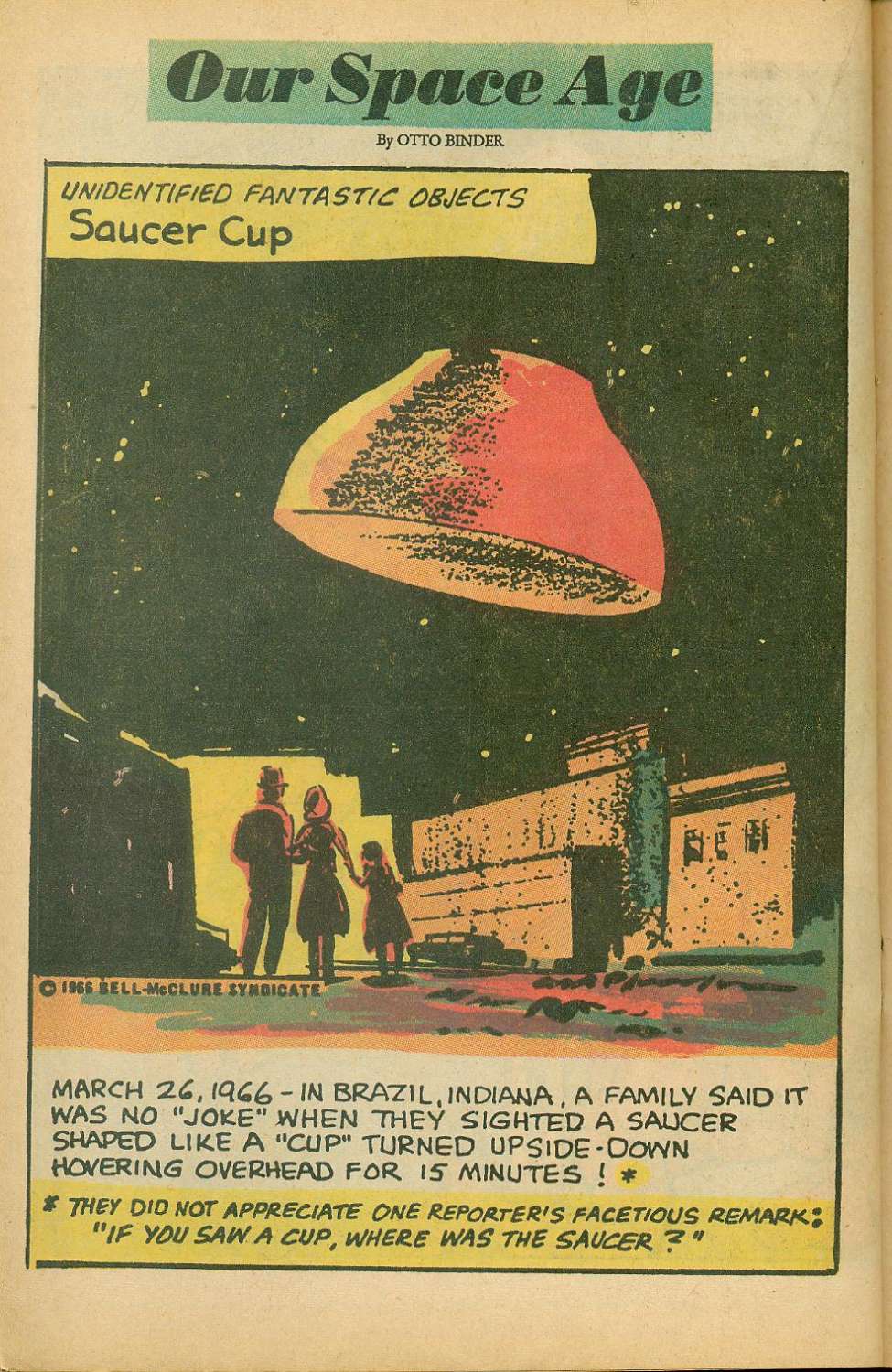Die Glocke (German: “The Bell”) was a purported top-secret Nazi scientific technological device, secret weapon, or Wunderwaffe. In his 2001 book The Hunt for Zero Point, author Nick Cook identified claims about Die Glocke as having originated in the 2000 Polish book Prawda o Wunderwaffe (“The Truth About The Wonder Weapon”) by Igor Witkowski. Cook described Witkowski’s claims of a device called “The Bell” engineered by Nazi scientists that was “a glowing, rotating contraption” rumored to have “some kind of antigravitational effect”, be a “time machine”, or part of an “SS antigravity program” for a flying saucer. According to Cook, Die Glocke was bell-shaped, about 12 feet (3.7 m) high and 9 feet (2.7 m) in diameter, and incorporated “two high-speed, counter-rotating cylinders filled with a purplish, liquid metallic-looking substance that was supposed to be highly radioactive, code-named ‘Xerum 525.'” Cook recounts claims that “scientists and technicians who worked on the bell and who did not die of its effects were wiped out by the SS at the close of the war, and the device was moved to an unknown location”. Cook proposed that SS official Hans Kammler later secretly traded this technology to the U.S. military in exchange for his freedom. Fringe theorists have suggested that a concrete ring called “The Henge” near the Wenceslaus mine built in 1943 or 1944 and vaguely resembling Stonehenge was “used as a launch pad for the Bell”. Critics compare Cook’s work to The Morning of the Magicians: Introduction to Fantastic Realism (French: Le Matin des magiciens), a 1960 book by the journalists Louis Pauwels and Jacques Bergier, which presents a collection of “raw material for speculation of the most outlandish order” by covering topics like cryptohistory, ufology, occultism in Nazism, alchemy, spiritual philosophy and Die Glocke.
| Alias Nazi Bell |
| Real Names/Alt Names Die Glocke |
| Characteristics Paranormal Mysteries, World War II Era |
| Creators/Key Contributors ○ |
| First Appearance The Coming Race by Edward Bulwer-Lytton (1871, also titled “Vril, the Power of the Coming Race”) |
| First Publisher ○ |
| Appearance List Vril as a power source and mentions of Nazi flying saucers influencing the Die Glocke myth include the book The Coming Race by Edward Bulwer-Lytton (1871, also titled “Vril, the Power of the Coming Race”), the article “Pseudoscience in Naziland” Astounding Science Fiction (May 1947), the newspaper article “I dischi volanti furona ideati nel 1942 in Italias e in Germania” (“Flying saucers were invented in 1942 in Italy and Germany”) in Il Giornale d’Italia by Professor Giuseppe Belluzzo (early 1950), and the book Le Matin des Magiciens (“The Morning of the Magicians”, 1960) [Internet Archive]. See also the website German Disc Aircrafts 1922–1945 and Beyond, Biblioteca Pleyades and the podcast Astonishing Legends: Episode 62-63 The Nazi Bell. |
| Sample Read Astonishing Legends: Episode 062 The Nazi Bell Part 1 [YT] |
| Description Die Glocke (German: “The Bell”) was a purported top-secret Nazi scientific technological device, secret weapon, or Wunderwaffe. In his 2001 book The Hunt for Zero Point, author Nick Cook identified claims about Die Glocke as having originated in the 2000 Polish book Prawda o Wunderwaffe (“The Truth About The Wonder Weapon”) by Igor Witkowski. Cook described Witkowski’s claims of a device called “The Bell” engineered by Nazi scientists that was “a glowing, rotating contraption” rumored to have “some kind of antigravitational effect”, be a “time machine”, or part of an “SS antigravity program” for a flying saucer. According to Cook, Die Glocke was bell-shaped, about 12 feet (3.7 m) high and 9 feet (2.7 m) in diameter, and incorporated “two high-speed, counter-rotating cylinders filled with a purplish, liquid metallic-looking substance that was supposed to be highly radioactive, code-named ‘Xerum 525.'” Cook recounts claims that “scientists and technicians who worked on the bell and who did not die of its effects were wiped out by the SS at the close of the war, and the device was moved to an unknown location”. Cook proposed that SS official Hans Kammler later secretly traded this technology to the U.S. military in exchange for his freedom. Fringe theorists have suggested that a concrete ring called “The Henge” near the Wenceslaus mine built in 1943 or 1944 and vaguely resembling Stonehenge was “used as a launch pad for the Bell”. Critics compare Cook’s work to The Morning of the Magicians: Introduction to Fantastic Realism (French: Le Matin des magiciens), a 1960 book by the journalists Louis Pauwels and Jacques Bergier, which presents a collection of “raw material for speculation of the most outlandish order” by covering topics like cryptohistory, ufology, occultism in Nazism, alchemy, spiritual philosophy and Die Glocke. |
| Source Die Glocke (conspiracy theory) – Wikipedia |


